Ein leises Flügelschlagen. Ein langer Schatten am Ufer. Augenblicke später ist Ihr wertvoller Koi verschwunden. Wenn Sie einen Gartenteich besitzen, ist Ihnen diese Szene nur allzu bekannt – die elegante Silhouette eines Reihers ist wunderschön, kann aber für Ihren Fischbestand verheerende Folgen haben. Zu verstehen, was Reiher fressen, wie sie jagen und – ganz entscheidend – wie man ihre Jagdstrategien durchkreuzt, ist der erste Schritt, um die Fische in Ihrem Teich zu schützen.
Begegne dem Reiher – dem eleganten, aber tödlichen Besucher
Graureiher, Graureiher und ihre schlankeren Verwandten, die Silberreiher, vereinen anmutige Langsamkeit mit blitzschnellen Reflexen. Mit einer Größe von über einem Meter durchstreifen sie Teiche, Flüsse und Gartenteiche. Ein ausgewachsener Graureiher kann täglich mehr als ein halbes Kilo Wassertiere vertilgen, sodass selbst ein kleiner Gartenteich zu einem lohnenden Zwischenstopp wird.
Was ist ein Reiher? (Reihervogelübersicht)

Alle Reiherarten weisen drei charakteristische Merkmale auf: stelzenlange Beine zum Waten, einen speerförmigen Schnabel und einen S-förmig gebogenen Hals, der sich wie eine Feder zusammenrollt. Anders als Eisvögel, die tauchen, jagen Reiher aus dem Wasser heraus und pirschen sich lautlos an ihre Beute heran, bevor sie zuschlagen. Sie bevorzugen flache Uferbereiche mit einer Tiefe von 10 bis 40 Zentimetern – genau die Tiefe, die man in vielen Zierteichen findet.
Was fressen Reiher?
Was fressen Reiher? Kurz gesagt, fast alles, was sie aufspießen oder im Ganzen verschlingen können. Fisch steht ganz oben auf dem Speiseplan, aber ein hungriger Reiher frisst auch Frösche, Molche, Krebse, große Libellenlarven, kleine Säugetiere und sogar Jungvögel. Opportunismus ist ihr Geheimnis: Wenn sich die Beute bewegt und in den Rachen passt, wird sie verspeist.
Fressen Reiher Teichfische?

Die unbequeme Antwort auf die Frage „Fressen Reiher Fische?“ lautet: Ja – und zwar mit großem Appetit. Leuchtend bunte Kois und Goldfische sind vor der hellen Teichfolie eines formalen Teichs leichte Beute. Flache Ufer bieten die perfekte Angriffsfläche, und ein regloser Fisch, gebannt von seinem Spiegelbild auf der ruhigen Wasseroberfläche, gibt dem Vogel Zeit, Entfernung und Winkel abzuschätzen, bevor er seinen Schnabel ausfährt.
Wie jagen Reiher?
Die Jagdtechnik eines Reihers ist beinahe chirurgisch präzise. Nachdem er in der Dämmerung ins Wasser gewatet ist, verharrt er wie erstarrt. Minuten vergehen. Dann, mit einem einzigen, explosiven Stoß, packt oder schnappt er nach seiner Beute und wirft sie kopfüber zum Verschlingen. Da der Vogel mit den Augen jagt, wirkt eine spiegelglatte, ungestörte Oberfläche wie ein idealer Teller. Stille ist ebenfalls hilfreich; fließendes Wasser oder unregelmäßige Wellen beeinträchtigen die Tiefenwahrnehmung und zwingen den Reiher, sein Ziel zu verfehlen oder weiterzuziehen.
Wie Sie Ihren Teich vor Reihern schützen können

Zerbrich die Spiegelruhe
Reiher hassen Verwirrung. Ein kleiner Springbrunnen, der Spiegelungen verhindert, ist eine der einfachsten Abschreckungsmethoden. Ein Poposoap-Solarbrunnen erfüllt diesen Zweck ohne Verkabelung: Eine kompakte Pumpe mit ABS-Gehäuse lässt sich in Sekundenschnelle zusammenbauen, läuft bei Sonnenschein und erzeugt einen bogen- oder glockenförmigen Sprühstrahl, der die Wasseroberfläche kräuselt. Allein diese Bewegung verhindert, dass Reiher präzise anvisieren können.
Schaffe Tiefe und Rückzugsmöglichkeiten
Wenn Sie einen Teich anlegen oder umgestalten, sollten Sie mindestens eine Stelle mit einer Tiefe von über 80 Zentimetern einplanen; Reiher waten selten so tief. Fügen Sie Felshöhlen, bepflanzte Kisten oder hängende Tonrohre hinzu, damit sich die Fische schnell zurückziehen können.
Nutze Hindernisse statt hässlicher Netze.
Statt auffälliger Netze sollte man senkrechte Bambusstäbe im Abstand von 30–40 Zentimetern entlang des Ufers aufstellen oder Nylonschnüre knapp unter der Wasseroberfläche treiben lassen. Die langen Beine des Vogels verfangen sich darin, was ihn dazu veranlasst, woanders zu jagen.
Aktivieren Sie in den gefährdeten Stunden
Reiher besuchen den Brunnen am häufigsten im Morgengrauen. Das Solarpanel eines Poposoap-Brunnens erwacht mit dem Anbruch des Tages – ohne Zeitschaltuhr, ohne Netzanschluss – und sorgt so für einen gleichmäßigen Wasserstrahl genau dann, wenn er benötigt wird.
Kombinieren Sie Durchfluss mit intelligenter Filtration.
Eine kontinuierliche Wasserzirkulation ist nur dann sinnvoll, wenn das Wasser klar bleibt. Die modularen Filterboxen von Poposoap werden an dieselbe Pumpenleitung angeschlossen; ein Edelstahlgewebe fängt Blätter auf, bevor sie das Laufrad verstopfen, während mehrlagige Filtermatten und Bio-Keramikringe das Wasser reinigen. Klares Wasser ermöglicht es Ihnen, das Verhalten Ihrer Fische zu beobachten und Stress nach einem Angriffsversuch zu erkennen – und das alles mit der von Poposoap versprochenen problemlosen Wartung.
Häufig gestellte Fragen zu Reihern und Teichfischen
F: Hält eine Plastikattrappe eines Reihers echte Vögel fern?
A: Ein einzelner Lockvogel funktioniert einige Tage lang, danach ignorieren ihn die erfahrenen Reiher. Kombinieren Sie jeden Lockvogel mit fließendem Wasser oder Hindernissen, um eine länger anhaltende Wirkung zu erzielen.
F: Schützen helle Teichlichter die Fische nachts?
A: Reiher jagen hauptsächlich in der Dämmerung oder am Tag; Flutlicht kann ihr Jagdfenster sogar verlängern. Sanftes, direkt ins Wasser gerichtetes Licht – statt quer über die Oberfläche – hilft eher den Besitzern als den Reihern.
F: Mein Teich ist winzig – ist er sicher?
A: Selbst halbfassförmige Wasserbecken locken junge Reiher an, die gerade das Jagen lernen. Am sichersten ist es, einen flachen, tellerförmigen Vogeltränkenbrunnen in der Nähe aufzustellen; so hat der Vogel eine leichter zugängliche Trinkstelle und ignoriert den Fischteich.
F: Wenn ich einen Poposoap-Brunnen aufstelle, werden meine Kois dann nicht von den Spritzern erschreckt?
A: Die Fontänendüsen verfügen über Glocken- und Sprudeldüsen, die Sauerstoff anreichern, ohne dabei heftige Wasserstrahlen zu erzeugen. Die Fische lernen das Muster schnell und nutzen die sich bewegenden Wasservorhänge als Deckung; oft sammeln sie sich in Schwärmen unterhalb der Turbulenzen.
Kenne deinen Feind, schütze deinen Teich

Reiher sind keine Bösewichte; sie sind perfekt angepasste Jäger, die genau das tun, wozu die Natur sie bestimmt hat. Indem Sie lernen, was Reiher fressen und warum ein stiller, flacher Teich wie ein Schlaraffenland wirkt, können Sie sie überlisten, ohne auf unansehnliche Zäune zurückgreifen zu müssen. Verändern Sie die Wasseroberfläche, schaffen Sie Tiefe und Versteckmöglichkeiten und ergänzen Sie das Ganze mit einem Poposoap-Solarbrunnen und Filtersystem . Das Ergebnis: ein Teich voller gesunder Fische, der dank sanfter, umweltfreundlicher Technologie lebendig ist – der Beweis, dass Schönheit, Ruhe und Sicherheit direkt vor Ihrer Haustür Hand in Hand gehen können.




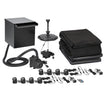
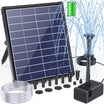
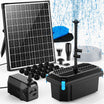
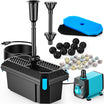
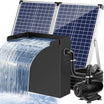
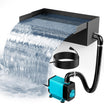

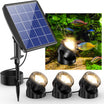
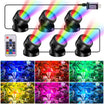

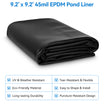
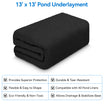

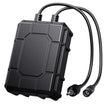
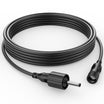

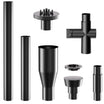
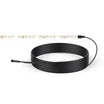
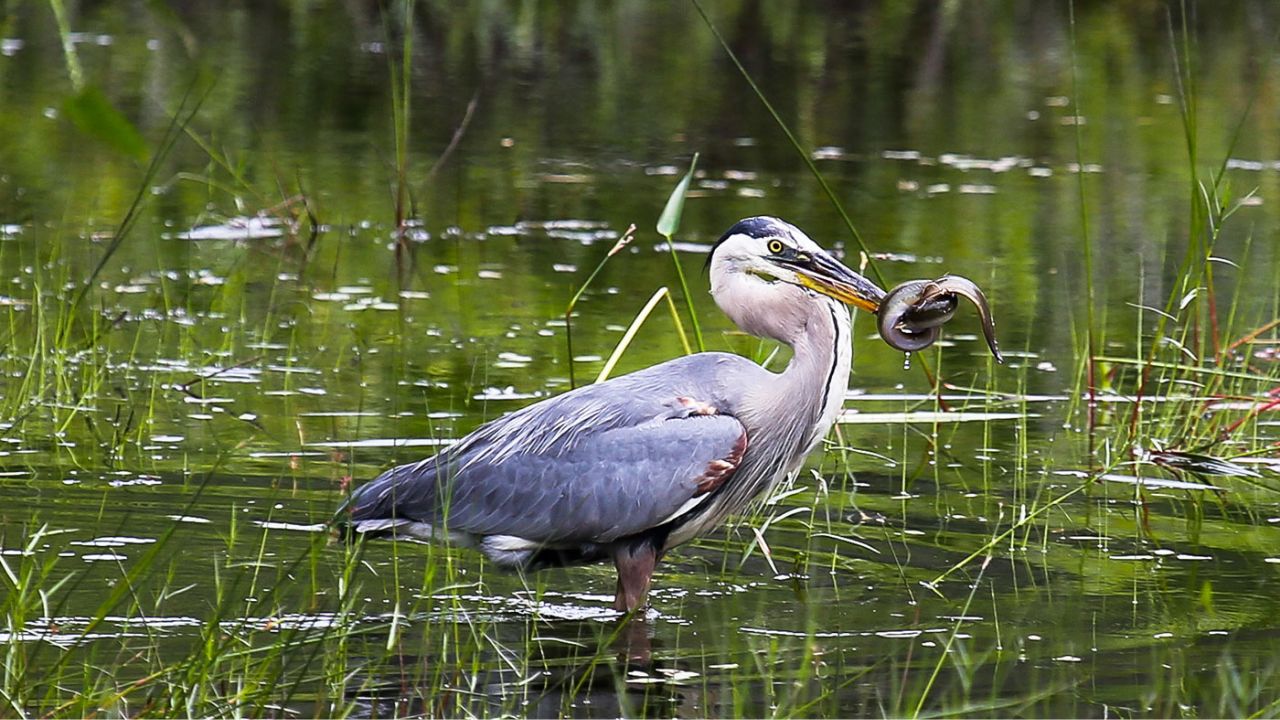
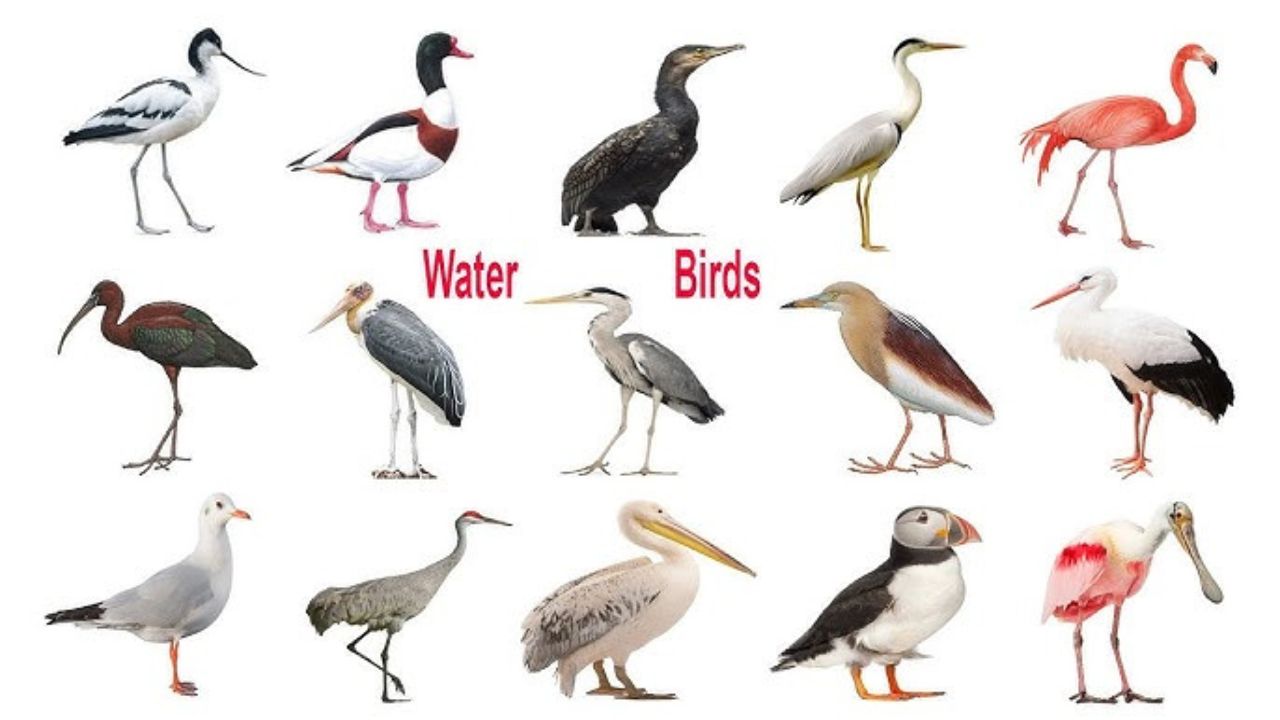

Hinterlasse einen Kommentar
Alle Kommentare werden vor der Veröffentlichung geprüft.
Diese Website ist durch hCaptcha geschützt und es gelten die allgemeinen Geschäftsbedingungen und Datenschutzbestimmungen von hCaptcha.